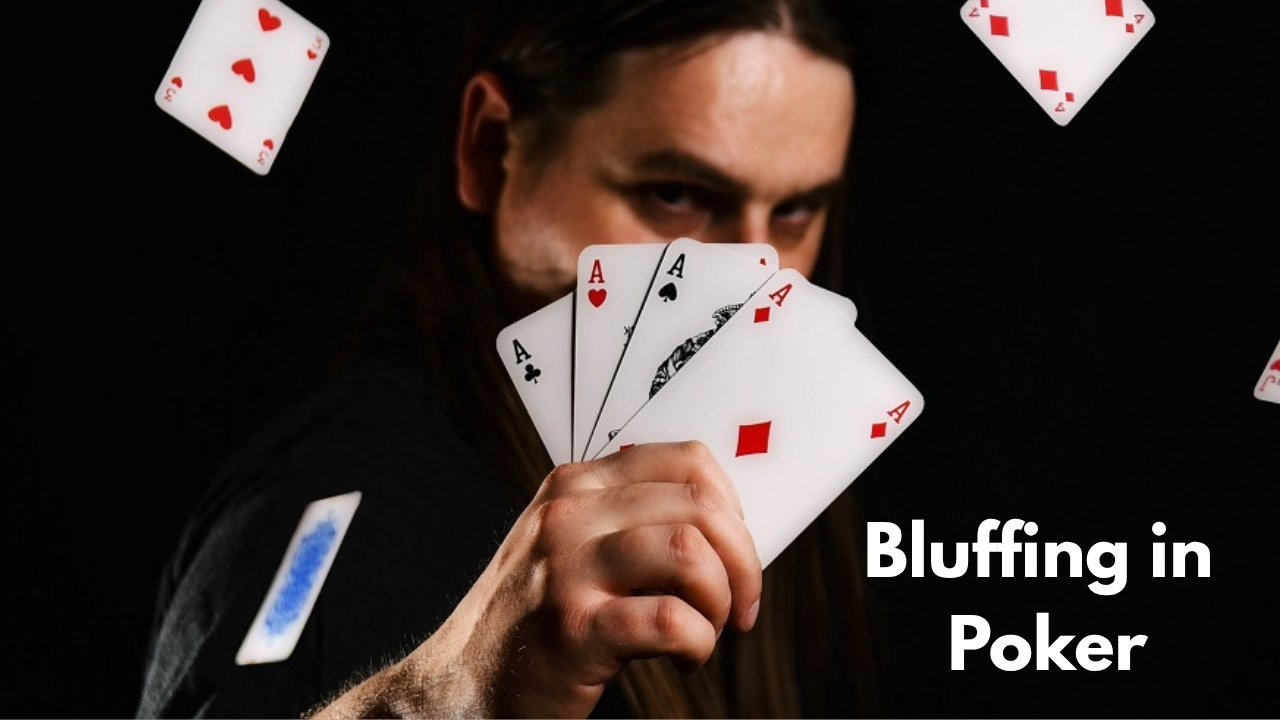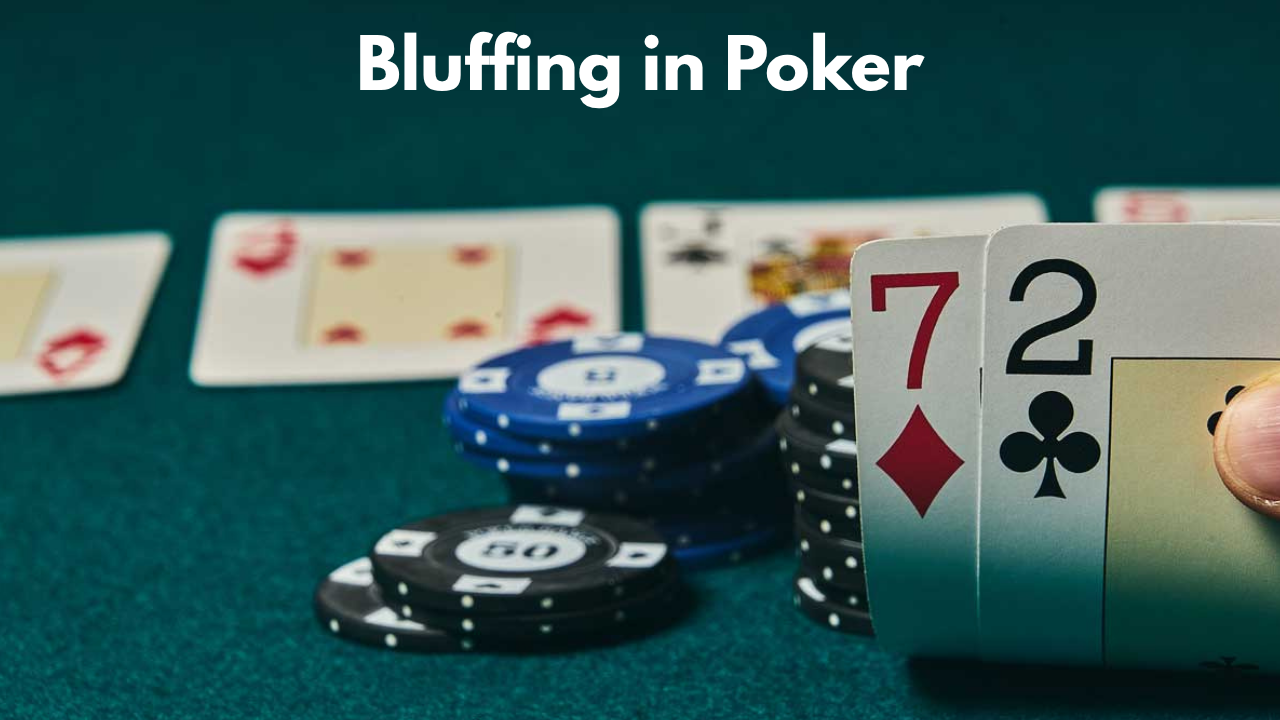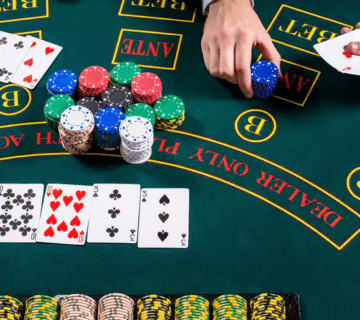Poker is not just a card game, but a battlefield where bluffs can run or break players. While luck plays a role, the true art of Bluffing in Poker is to read your enemies, control your emotions, and strategically deceive others. Bluffing in Poker won’t lie for that reason. It is a psychological tactic aimed at changing others at the table. So how does bluff actually work in poker and how does the secret source behind it work? Creton.
What is a bluff?
BLEF, when you make your opponent believe you have a stronger (or lower) hand than you. That’s the same as playing in a movie where bets are real money. The idea is simple. Force your opponent to fold even if the card does not guarantee victory.
Why Bluffing Works in Poker
Poker isn’t about playing your cards it’s about playing your opponents. Bluffing taps into human psychology Bluffing in Poker. People fear losing more than they crave winning, which means a well-timed bet or raise can send them packing even when they have a decent hand. Bluffing thrives on creating doubt and pressure.
Types of Bluffs
Not all bluffs are created equal. Here are a few common ones: Bluffing in Poker
Stone-Cold Bluff: Betting with a completely weak hand, hoping opponents fold.
Semi-Bluff: Bluffing with a hand that might improve (like a flush draw).
Continuation Bet (C-Bet): Betting after the flop to maintain the illusion of strength.
Over-Bet Bluff: Betting an unusually high amount to intimidate opponents.
The Role of Body Language
Ever heard of the term “poker face”? Your body language can give away your true hand. Nervous fidgeting, rapid breathing, or avoiding eye contact can hint that you’re bluffing. Seasoned players know this and often use reverse psychology acting weak when they’re strong or confident when they’re bluffing.
 Timing Is Everything
Timing Is Everything
A bluff isn’t just about betting big it’s about knowing when to do it. Bluffing in Poker is dangerous at the start of the game as it is unlikely that your opponent will develop it. The best time for Blaza is when bets are nurtured and players are already investing in fleas. At this stage, psychological pressure reaches its peak.
For BLEF Online Live Poker
Online poker adds rap because it can’t rely on physical stories. Here, the bluff depends on the Paris model, time and game flow. For example, sudden bets or coherent attacks can report Mlake. To master online bluffing, it is important to observe the player’s habits over time.
BLEF Psychology
Bruf is based on cognitive bias, such as rejection and confirmation of loss. For example, even a small bet can reinforce this faith if the player suspects that he already has a strong hand. Successful bluffs are often based on creating reliable stories using the Paris model.
How to find a bluff
Do you want to catch up? Look for contradictions. Do they make a bet to not match the cards on the table? Are they suddenly more aggressive after a passive match? Observations of these models help us to call them bluffs. Normal bluffing error
Blaf is too often. Otherwise, to my surprise, it will soon become predictable.
Blaf -Slave Players: Beginners often cause curiosity, which makes them a bad target. Ignore the image on the table: If everyone is recklessly looking at you, your blue is not taken seriously.
Master the art of blues
The best blues are thin and rare. Mastering Bluffing in Poker requires a balanced strategy, mixing strong hands with random bystanders. Think about how to season your dishes: too much, it destroys the flavor. It’s too little and soft.
BLEF as a long-term strategy
Professional poker players use it not only to bluff, but to improve their general strategies. BLEF is effective in combination with detailed observations, mathematical opportunities and intelligent management banks.
Read More: The History of Satta Matka: From Mumbai Streets to Online Platforms
Conclusion
Bluffing in Poker isn’t about luck it’s about psychology, timing, and strategy. It’s the ability to tell a convincing story that forces others to doubt their cards. When done correctly, a single bluff can turn a weak hand into a winning pot. But remember, overusing it can backfire, leaving you exposed. Bluff wisely, and you’ll see why it’s considered the heartbeat of poker.


 Timing Is Everything
Timing Is Everything